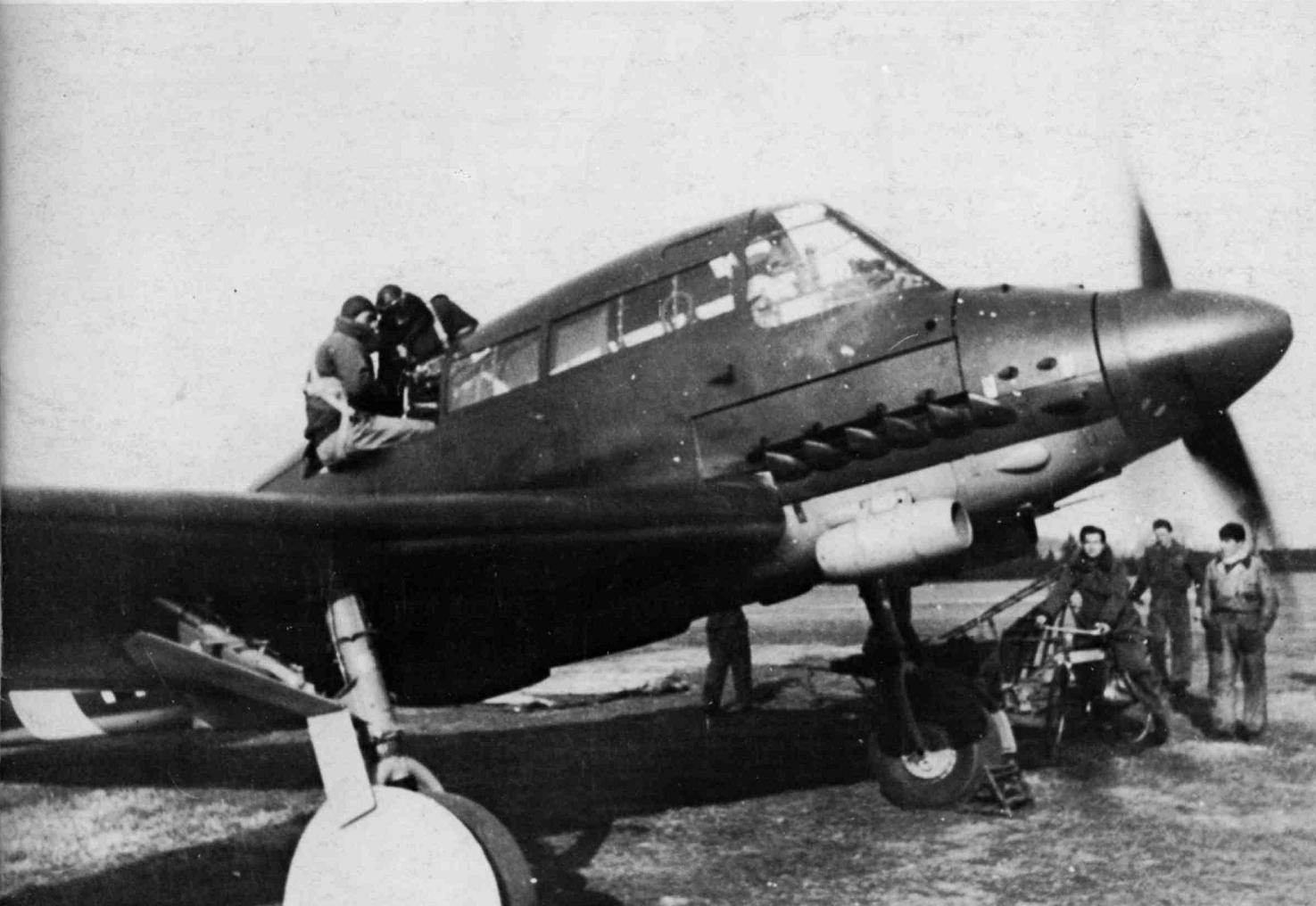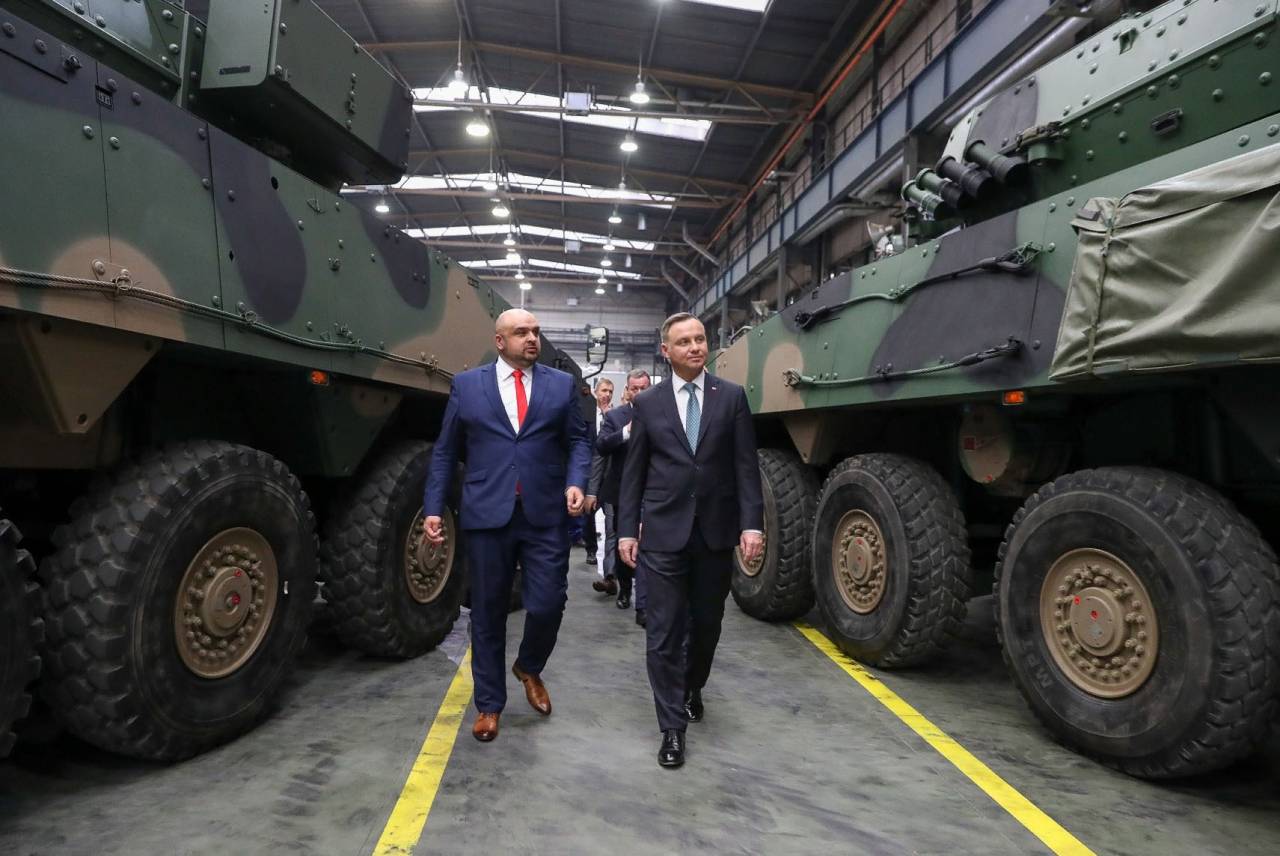
Italian dive bombers part 2
Italian dive bombers.
At the turn of 1940-1941, several projects were initiated to adapt existing, classic bombers to the role of a dive bomber. The shortage of this kind of machine made itself felt all the time; It was expected that such a conversion would allow for the rapid delivery of new equipment for in-line units.
In the second half of the 25s, Fiat began work on a reconnaissance bomber and escort fighter, designated the CR.74. It was to be a low wing, clean aerodynamic low wing, with a covered cockpit and retractable undercarriage in flight. It is powered by two Fiat A.38 RC.840 radial engines (12,7 hp) with metal three-bladed adjustable propellers. Armament consisted of two 300-mm machine guns mounted in front of the fuselage; a third such rifle, located in a rotating turret, was used for defense. The fuselage bomb bay contained 25 kg of bombs. The plane was equipped with a camera. The prototype CR.322 (MM.22) took off on July 1937, 490 with a maximum speed of 40 km/h in one of the subsequent flights. Based on this, a series of 88 machines was ordered, but it was not produced. Priority was given to a competing design: the Breda Ba 25. The CR.8 eventually also went into production, but only eight were built in the long-range reconnaissance version CR.25 bis (MM.3651-MM.3658, 1939-1940). Since one of the functions of the CR.25 was bombing, it is not surprising that the aircraft could also be adapted for dive bombing. Several preliminary projects were prepared: BR.25, BR.26 and BR.26A, but they were not developed.
The CR.25 also became the basic design for the FC.20 multipurpose aircraft developed by the small company CANSA (Construzioni Aeronautiche Novaresi SA), owned by Fiat since 1939. Depending on the needs, it was to be used as a heavy fighter, attack aircraft or reconnaissance aircraft. Wings, landing gear and engines were used from the CR.25; New were the fuselage and empennage with double vertical tail. The aircraft was built as a two-seat all-metal low-wing aircraft. The fuselage frame, welded from steel pipes, was covered to the trailing edge of the wing with duralumin sheets, and then with a canvas. The two-spar wings were metal - only the ailerons were covered with fabric; it also covers the rudders of the metal tail.
The prototype FC.20 (MM.403) first flew on 12 April 1941. The test results did not satisfy the decision makers. On the machine, in the richly glazed nose, a manually loaded 37 mm Bred cannon was built in, in an attempt to adapt the aircraft to combat Allied heavy bombers, but the gun jammed and, due to the loading system, had a low rate of fire. Soon the second prototype FC.20 bis (MM.404) was built and flown. The long glazed forward fuselage was replaced by a short unglazed section that housed the same gun. The armament was supplemented with two 12,7-mm machine guns in the fuselage parts of the wings and a Scotti dorsal firing turret was installed, which was soon replaced by the standard one for Italian Caproni-Lanciani bombers with the same rifle. Two hooks for 160 kg bombs were added under the wings, and a bomb bay for 126 2 kg fragmentation bombs was placed in the fuselage. The tail section of the aircraft and the fuel-hydraulic installation were also changed.
